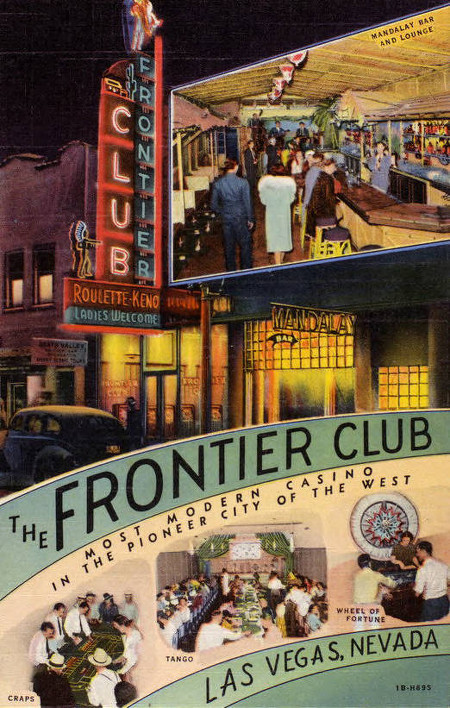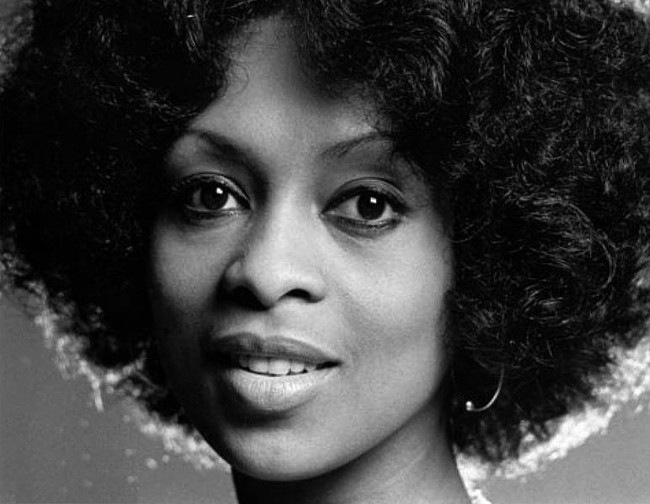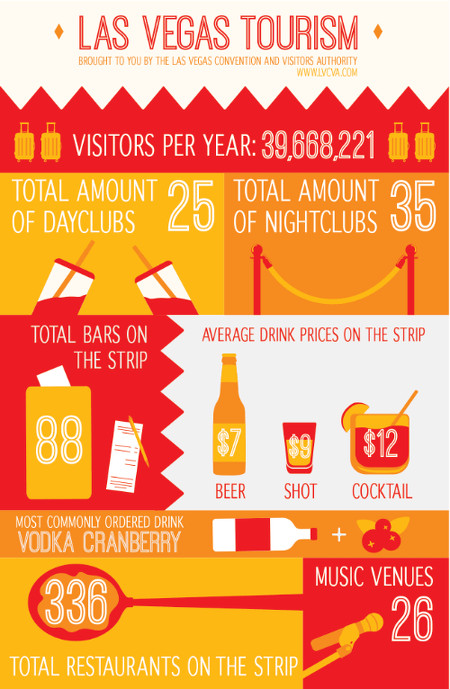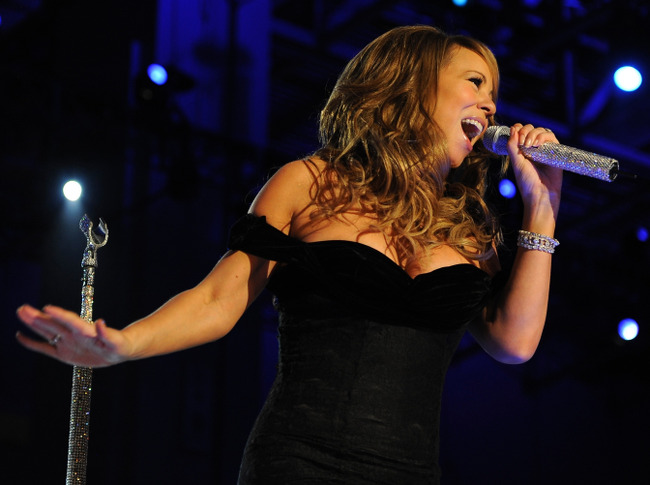For many, Las Vegas represents the ultimate destination. Debauchery abounds within its streets, and casino doors are always open to those who want to try their luck at the tables. Glitz and glamor practically got their names here, with all-night entertainment of every class and creed standing at the ready to satisfy. But what about the men and women who make this possible?
Their stories are varied and fascinating. Full of life, love, struggle and redemption, live performers in Vegas have had it rough over the years. But they’ve managed to endure on the silver stages and have helped exponentially to shape the industry into what it is today.
How Black Performers Shaped the Industry
To understand the massive impact that black artists had (and continue to have) in the city, you have to understand the history of Las Vegas. Vegas began as a small railroad town, a stop on the way to bigger and better cities. The economy was predominantly dependent on the railroad and later, the construction of the Hoover Dam, and black citizens were a significant part of this group who worked during the Great Depression and later during the World Wars.

This advertisement goes back to the 1940s when the Strip was starting out on its journey to becoming a world-famous showbiz hot spot.
The Las Vegas live performers of the 40s and 50s were not mostly black. However, the music that characterized Las Vegas during these decades can predominantly be described and jazzy, bluesy and soulful — types of music originating in the black community. And while crowds welcomed white musicians like Frank Sinatra, black musicians like Sammy Davis, Jr. were not; they were looked down upon mostly.
Casinos had rules designed to prevent black performers (who were only welcomed on the stage) from even sleeping in the hotels where they were playing. The discrimination was not limited to up-and-coming performers; Nat King Cole, Pearl Bailey and Sammy Davis, Jr. were all denied room and board in Vegas hotels. But they didn’t leave.
Frank Sinatra’s son explains how his father helped fight racial inequality during the early days of Las Vegas.
Instead, black performers rallied together, some with help from their white counterparts. When Davis was denied room and board at the Sands Hotel, Rat Pack leader Frank Sinatra threatened to cut the show if they didn’t provide Davis with a room. This influential move was widely criticized, but it ended up opening the doors for the Las Vegas we see today — a place of magic, opportunity and racial diversity.
Historic Black Women that Graced the Stage
In many ways, Las Vegas is an icon of the classic American success story, which is due in large part with the rise of black performers, especially black women — arguably, the most marginalized group in the city’s history. Performers like Dorothy Dandridge, Barbara McNair and Ella Fitzgerald had to struggle immensely to get the recognition they deserved. All that didn’t change overnight. With the opening of the Moulin Rouge in 1955, however, black performers finally had a venue they could feel at home in.
The Moulin Rouge was Las Vegas’ first desegregated hotel and casino, and though it went out of business in six months, it proved a point. It was possible for a casino to run successfully as a desegregated venue. Singers like Dinah Washington played there, subsequently influencing the entire music industry and providing inspiration for performers like Aretha Franklin.
The Platters took to the stages of the Moulin Rouge as well. Many believe this iconic vocal group was one of the most successful of the era and a pioneer of black success in the industry, thanks to the solid reasoning behind the claim. It’s true that Zola Mae Taylor, the token woman vocalist in this all-black band, was awarded a place in the Rock and Roll Hall of Fame and is still considered a Las Vegas showroom influencer.
Ten years later, Lola Falana hit the Vegas Strip. She wowed audiences with her swinging dance moves and later, her unstoppable voice, and would go on to become a Vegas headliner. Under the tutelage of friend and mentor Sammy Davis, Jr., Falana gracefully became the top female performer in the history of the city in the late 70s. To this day, Falana is still one of the most famous women in Las Vegas history.

Lola Falana went on to have a widely varied career, stopping shows and hearts with her iconic voice and swinging dance moves.
Of course, the best way to learn about these venues and the women who have graced their halls is to visit Las Vegas yourself. Especially if you’re into thriving nightlife, great music and could see yourself hitting the casino floor for some fun after-hours. To get yourself ready, check out this tips guide to Vegas travel before you go. Here you’ll find helpful hints about buying your tickets, booking hotels and other insights into the city. Once you’re there, you can delve into the world of modern performances in Las Vegas.

Thinking about taking your own trip to Las Vegas? Check out these stats on tourism and venues on the Strip.
Modern Las Vegas: Living and Performing
Vegas has lost much of the racial bias that characterized its start, but that doesn’t mean today’s stars have it easy, either. Performer Skye Dee Miles reports that the rise in popularity of DJs has vastly decreased demand for live performances in general, making it harder and harder to earn a living among the Strip’s fierce competition. The decrease in contracted work means that performers must consistently work to promote themselves for the jobs that are available.
However, live performances still have its place in Vegas — and it’s a monumental one, especially for the black community. Modern pinnacles of performance achievement like Sheila E. and Mariah Carey flock here to wow crowds each year. Las Vegas has also come to be known as a hot spot to host awards shows like the Stellar Gospel Music Awards. The Soul Train Music Awards have been held here for years now, hosted by the Queen of Soul (and Queen of Culture) Erykah Badu.

Today, top music artists like Mariah Carey come to play on the silver stages of Vegas.
Las Vegas is now known as a place of magic. Showbiz hopefuls and established acts of all races and nationalities flock here to have their time on the stages. Vegas is a beacon to those hoping to hop into the industry, a place where anything is possible for any person. The city owes that to the pioneers of showbiz who carved out a place for themselves amidst the melee of discrimination, and the brave performers who call the city home today.
